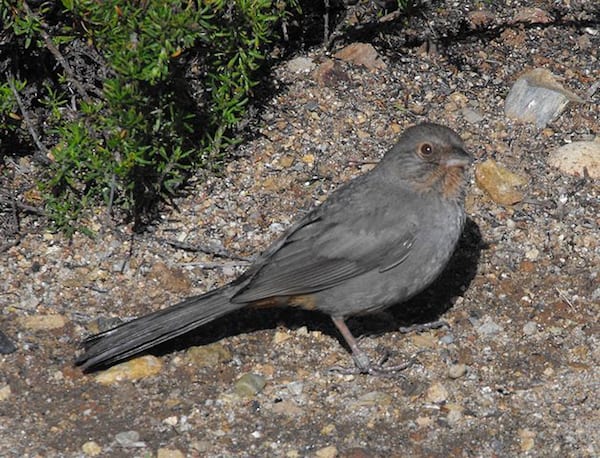The snowy egret is an all-white bird with yellow “slippers”—golden feet at the bottom of black legs. Yellow also appears on the lore, the area between the eyes and the slender black bill. During the spring and summer, adult snowies grow long, lacy plumes on their heads, necks, and tails. This is their showy breeding plumage. The snowy egret is about 24 inches in length and is the most delicate looking of our white egrets.
Listen For
A series of gurgling croaks that sound like someone is getting sick.
Find It
Snowy egrets prefer wide-open marshes, ponds, and shores. They can be found in freshwater, saltwater, and brackish wetlands. Snowy egrets wander widely after breeding season so you may see them fly over your neighborhood even if there are no wet areas in the immediate vicinity.
They wander north in late summer and the northernmost birds move south to coastal areas in the winter. Other wintering snowy egrets travel as far south as South America.
Feeding Behavior
Snowy egrets snap up small fish and a wide variety of invertebrates including crabs, crayfish, worms, and snails. Reptiles, amphibians, and rodents also find their way into this wader’s stiletto-like, black bill.
Snowy egrets are generally more active hunters than great egrets. They often hunt alone but they also frequently associate with white ibis, other egrets, and other water birds.
Biologists have found that, in some circumstances, snowy egrets are more successful finding food when other birds are there to stir up prey. As they stride in the shallows, their yellow feet may serve to catch the eye of fish and other creatures, drawing them closer or stalling them so the egret can strike.
Nesting
During the breeding season, the adult snowy egret has a special courtship lacy plume, or aigrette, splaying from its crown, back, and breast. At the peak of nesting time, the area between its eyes and bill (the lore) flushes red.
Snowy egrets nest in colonies often in the company of other water birds. Both parents build the platform nest of sticks and place it fairly low in a tree or shrub. They incubate their three to five blue-green eggs for about three weeks; both feed the young, which can fly when about a month old.
Wow!
The snowy egret stirs up water with its feet, hoping to scare a minnow or crayfish out into the open so the egret can snatch it up with a strike of its lightning-fast neck and bill.




